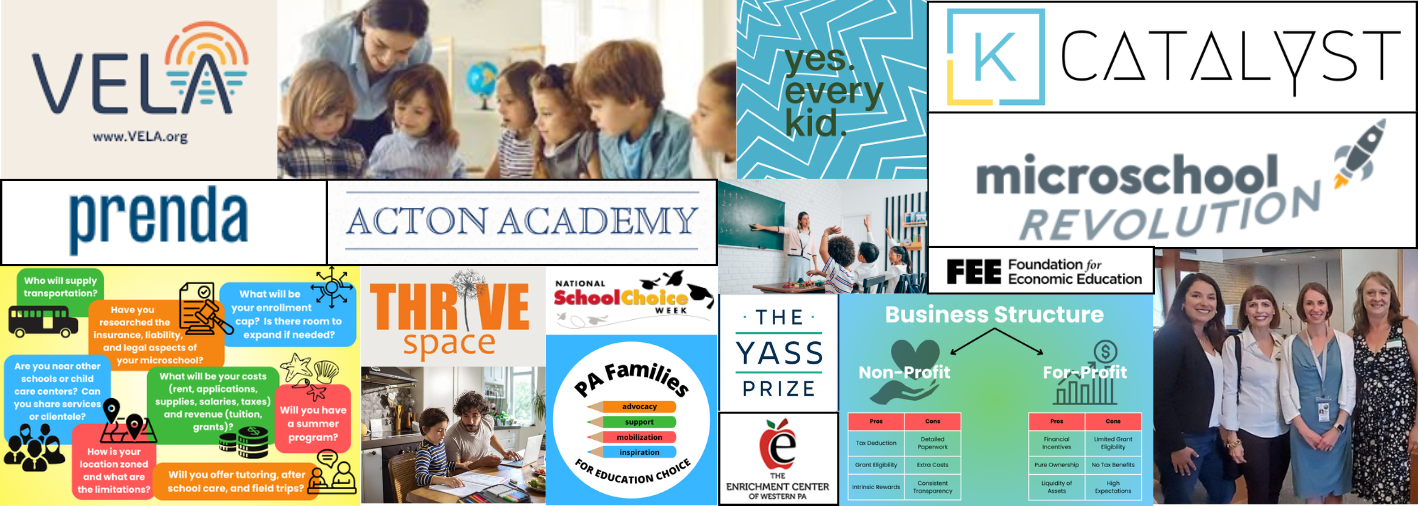Change Needed in Education – A Teacher’s View
July 28, 2023 | By: Sharon Sedlar


Gina wanted to be a teacher since she was a little girl. She wanted to be a helper, a molder, and looked forward to the day when she could be the change in children’s lives as the teacher in front of the room. This sentiment deepened when a learning disability was discovered in high school that caused her to “blank out” during exams, with commensurate rising anxiety levels compounding the difficulty. Luckily, teachers were willing to work outside of normal teaching conventions for Gina – allowing her to present information, rather than answering test questions to demonstrate her understanding and knowledge of the material. Her teachers unlocked Gina’s knowledge capabilities and showed her that she could choose a different path to express her comprehension.
Gina later attended college and became a teacher. She taught 5th and 6th grade for 6 years on the West Coast, appreciating the environment that supported “out of the box learning”, modifying teaching methods to reach every student based on their particular learning styles. After 15 years, Gina had to leave this calling due to burnout. She felt that education started to become more about standardized test scores than the kids and felt that little time was left to teach.
Fast-forward a few years, and Gina’s elementary school aged daughter attends public district school. Gina is a very involved and connected parent and has a good relationship with her child’s district school. She reviews what comes home in the bookbag, has conversations with her daughter about her days, and feels she is fully aware of the content being taught.
As an education professional, I asked Gina a series of questions. One question asked her to name three student-centered improvements she would like to see in education. She said that a return to basics (pre-Common Core), less dependence on technology, and the current, new reading programs with more sight words and “old fashioned” phonics are a good start.
Looking back on her time as a teacher, she wishes “that administrators would allow teachers to explore curriculum and methods that they believe would work based on their own observations of their students in the classroom.” Gina pointed to salary and pension issues for teacher retention.
Based on today’s complex educational environment, I asked her to offer her best advice for new teachers. She suggested running “a tight ship” in the classroom with a firm and known “line;” fostering effective communication with not just your classroom, but with each student; and “love the ones that need the most help,” especially the ones who were most difficult for their last year’s teacher.
If she were sitting across from Governor Shapiro today, she said her top three asks would be:
- More time for actual teaching – and not for standardized tests.
- Smaller class sizes (25-30 students in a classroom is untenable).
- Reimburse teachers for supplies. New teachers will spend as much as $1000 per year for classroom supplies not provided by the district.
It is unfortunate that Gina is no longer in the K-12 teaching field, but it is a story like what others have shared with me. The labors of test-aligned curriculum, lack of respect for teachers from administrators, and societal factors with associated problematic behaviors have forced many teachers to leave the profession.
Let’s learn from those who have been there. Hopefully, some of this insight can be used to better attract new teachers (and re-engage former ones) into our school system.







